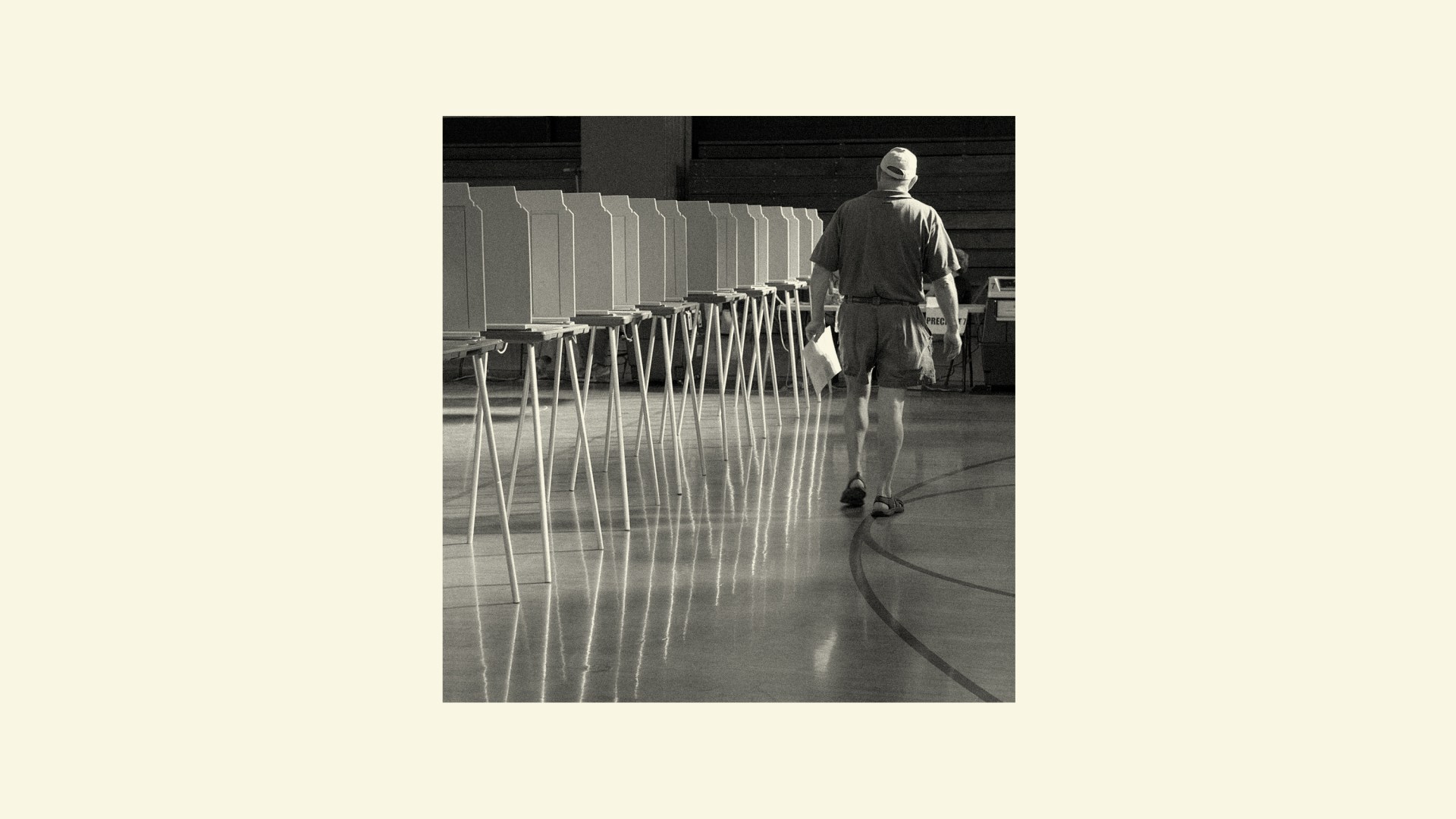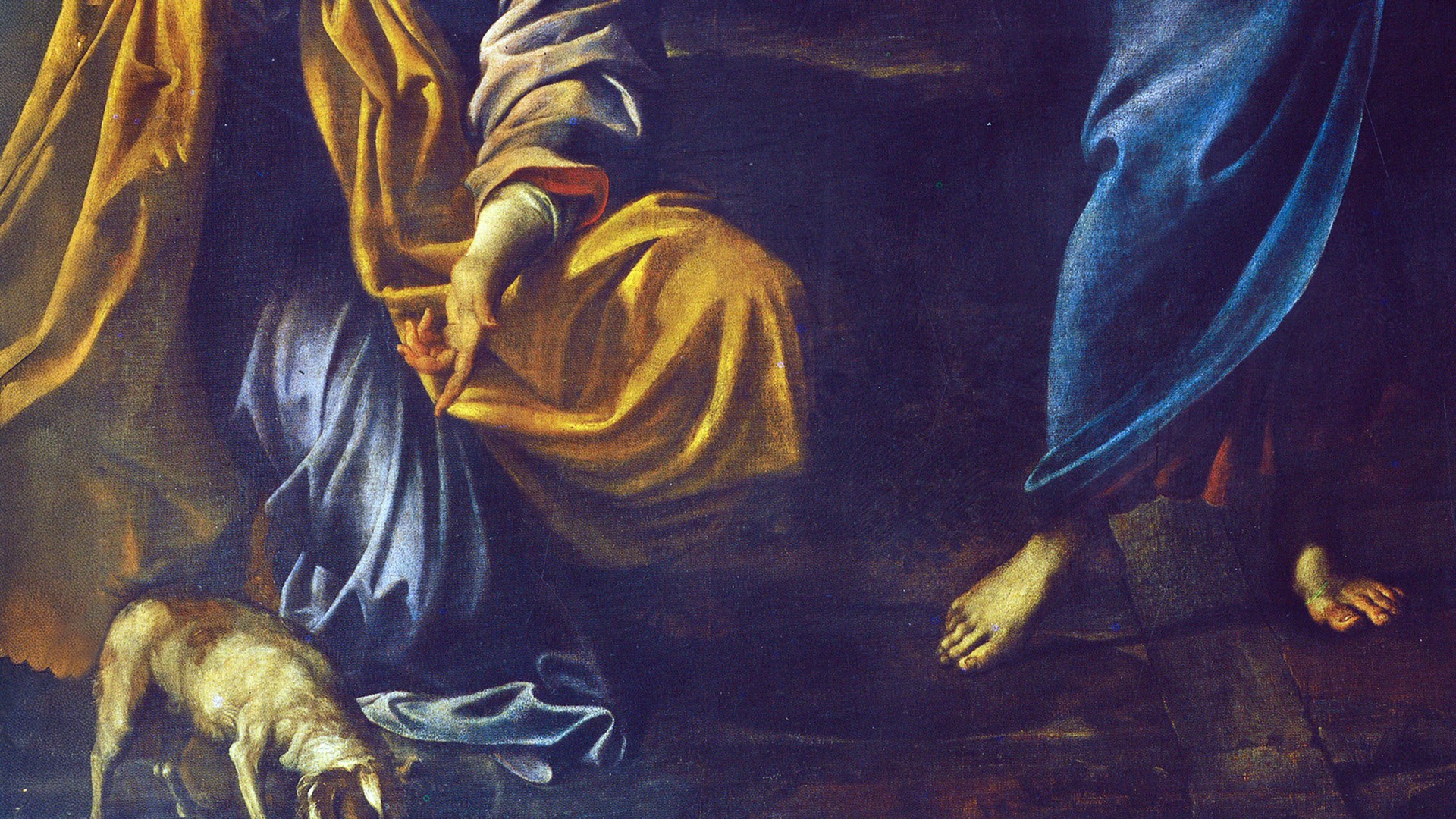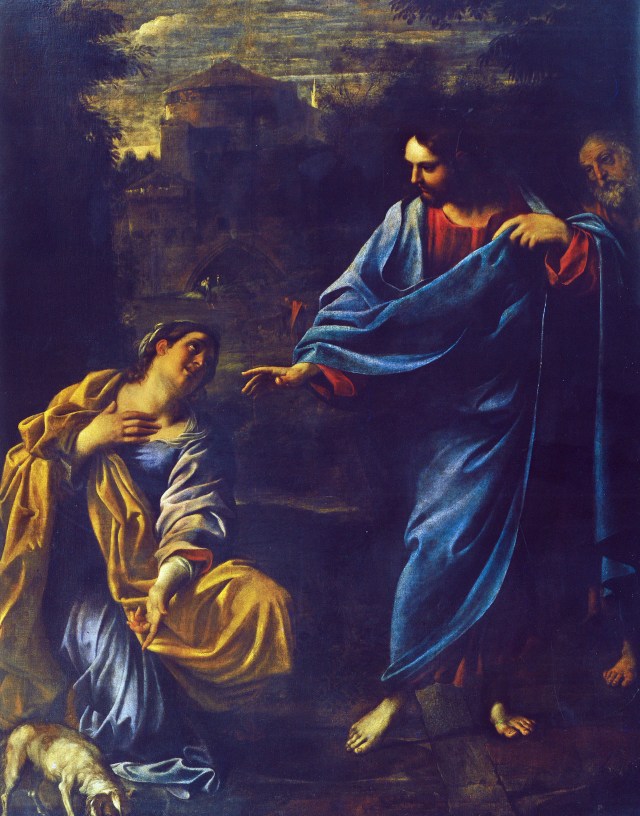People do crazy things for love.
In the ancient world, Jacob worked for Laban seven years to marry his daughter Rachel—and then another seven after Laban duped him into marrying Leah first. In the modern world, people go on The Bachelor.
God’s love is not crazy. (Since the Greek term for Word in John 1 also translates as reason, his love is actually as sane as it gets.) But his love is jealous: It is passionately and faithfully devoted to one people from beginning to end. That people is called Israel.
This unwavering love of God for Israel is the guiding light of theologian Brad East’s new book The Church: A Guide to the People of God. From the opening lines to the closing benediction, East shows us that the church belongs to God because it belongs to the family of Abraham. As our children sing in the VBS song, he recalls: “Father Abraham had many sons / Many sons had father Abraham / I am one of them and so are you.”
Israel has 12 tribes, Jesus calls 12 apostles, and East tells the story in 12 bite-sized chapters. Covering all manner of theological topics, he sketches a thorough yet accessible portrait of who God is, what he is up to, and how his people are at the heart of it all. It is the story of Paul’s great mystery in Ephesians: Christ loving the church as a bridegroom loves his bride (5:32).
All of this makes East’s book a much-needed tonic for our times. As you may have heard lately about Americans and the church, there has been plenty of love lost. In their own book The Great Dechurching, Jim Davis and Michael Graham document how 40 million Americans said sayonara to the church in the last quarter century—the biggest and fastest religious transformation in our country’s history. If there was ever a time to answer the question “Why church?” that time is now.
And yet, there is no sign of anxiety in East’s answer. Far above the fray, he begins with the transcendent mystery of the church and moves deftly to the church’s mother: Mary. By divine adoption, he writes, we became brothers and sisters of Jesus of Nazareth. In other words, we are Mary’s children, which makes us children of the church. To those who have lost touch with the church in our day, East gives time-honored advice: “Call your mother.”
The Church is bookended by reflections on Mary, some of them quite stunning. God’s people have long recognized her as the “mother of God,” and Jesus’ human flesh comes entirely from her. “No human being ever knew Christ with greater intimacy than Mary,” East says of the woman whose womb enveloped our Lord. It is striking for a Protestant to write about Mary with such depth, devotion, and insight.
Still, in true Protestant fashion, The Church is laser-focused on the Good Book. It is fitting that East—who wrote his dissertation on the relationship of church and Scripture—has saturated his book on the church with Scripture. Biblical citations carbonate nearly every page in parenthetical bubbles. A back-of-the-napkin tally of the book’s Scripture index shows references to 46 of the Bible’s 66 books.
But this is no mere box-checking exercise: It amounts to a substantive claim about the relationship of God’s Word to Israel, for “the business of the Bible is the calling of a people.” They go hand in hand, and to its credit, The Church will not let us forget it.
Nor will East let us forget that Scripture’s story is our story too. As Karl Barth once observed in his Church Dogmatics, “All humanity, whether it is aware of it or not, does actually stand in the Bible.” If the love story of God and his people is the central plot of the cosmos, each of us has a vested interest in how it all shakes out. Fortunately, Israel’s life leads straight to Jesus, and Jesus invites us into Israel’s life. “God created the world for the sake of Christ, and in that sense created it for the sake of Israel,” East writes. “Just so, God created the world for the sake of the church, which is Christ’s body.” In a world that often feels like it has lost the thread, the body of Christ points us back to the script.
And because Israel’s story includes the church, the church can be found on every page of Scripture. This may be why East feels no rush to reach the Acts of the Apostles. Much like the Bible itself, The Church doesn’t reach Pentecost until it is over 80 percent through. Since thinking about the church often starts with its birthday, this move is purposefully counterintuitive. Fresh thinking needs a fresh word, and East is ready to speak it: “We are not beginning at the end. We are beginning at the beginning.”
Jolted awake from stale thought patterns, we are better able to see the fullness of the truth. In an era when many want Christ without church, Jesus without Mary, Abraham’s God without the family of Abraham, East exposes these as false choices. The Church is his manifesto for why each of these pairs go hand in hand or nowhere at all. To paraphrase Fleming Rutledge in a passage from her book The Crucifixion, it is like trying to have a ham and cheese sandwich without one of the two titular ingredients. Either it all hangs together, or we are left hanging out to dry. In which case, Paul says, “we are of all people most to be pitied” (1 Cor. 15:19).
The final chapter (before a short benediction) elegantly leads us home. Here, East sharpens his outline of the church’s present character and activity. The church is the harbinger of Christ and his salvation; it speaks the gospel; it is catholic (as in universal) and apostolic; it teaches truth and administers sacraments; it is a people committed to justice and mercy but prone to failure; its life is a mission of worship and prayer—love and adoration for God the Father, God the Son, and God the Holy Spirit. All of this has been assumed and anticipated in the preceding pages, but having ascended to this doctrinal summit, the signature notes ring louder.
East has given us a worthy addition to Christian Essentials, a well-crafted series from Lexham Press. Each book in the series is friendly both to clergy in pulpits and to Christians in pews. The Church is not the pastoral vignettes of Wesley Hill’s The Lord’s Prayer, nor the fast-paced feast of Ben Myers’s The Apostle’s Creed, but it manages to find its own groove in good company. At the risk of sounding grandiose, it is something of a thumbnail sketch of The City of God: a compact and colorful rendition of the whole story of God and his people—the symphonic sweep of Augustine in a Brian Wilson single.
So we ask, once again, “Why church?” From God’s perspective, the answer is simple: love. Deuteronomy 7:8 says that God chose Israel not because its people were the greatest but simply because he loves them. The logic underpinning all space and time is the love of God in Christ. When we bathe in the church’s waters and eat at its table, we order our lives around the secret of the universe. That secret is the triune God’s love for his people, and it doesn’t get any more foundational than that. As East makes clear, “Love is its own explanation. It is rock bottom.”
When I tuck my children into bed at night, the last thing I do is sing. On many nights, the song I choose is a lullaby based on Song of Solomon 6:3: “I am my Beloved’s and He is mine—His banner over me is love.” East ends the first chapter of The Church by quoting this verse, adding a comment, and extending an invitation: “This one verse is the mystery of the entire story of the Bible,” he writes. “Come and see.”
Brett Vanderzee is music and preaching minister at The Springs Church of Christ in Edmond, Oklahoma.




























































